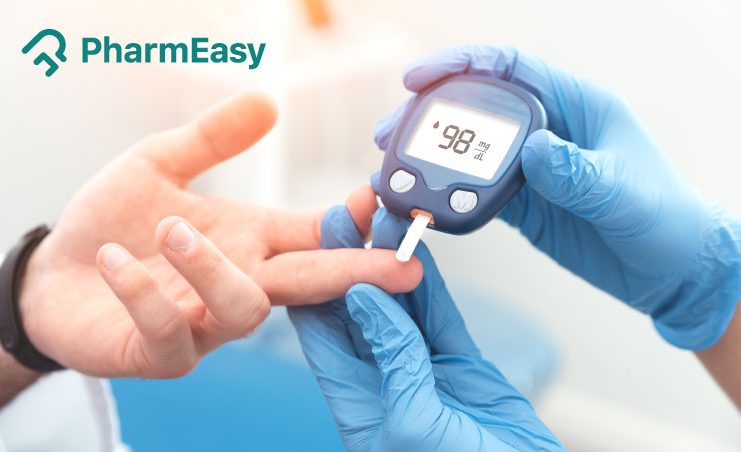Travel Tips for a Person with Diabetes
By PharmEasy Medical Board +2 more

Get,

to manage your symptom
Get your,


4 Cr+ families
benefitted

OTP sent to 9988776655



You’ve successfully subscribed to receive
doctor-approved tips on
Whatsapp

Get ready to feel your best.

Hi There,
Download the PharmEasy App now!!


Register to Avail the Offer
Send OTPBy continuing, you agree with our Privacy Policy and Terms and Conditions

Hi There,
Sign up on PharmEasy now!!
Trusted by 4 crore+ families

OTP sent to 9988776655



You have unlocked 25% off on medicines




Code: NU25
By PharmEasy Medical Board +2 more
Travel requires a lot of work, from deciding where to go to arrange for transport and accommodation and so much more. Adding diabetes to the mix might make planning a trip seem overwhelming.

However, there’s no reason you have to sacrifice your health — or your vacation. All you need is a little smart planning to manage your diabetes effectively.
Before you go, there are a few things you should do. Your preparations will vary depending on where you’re going and how long you’ll be gone, but any diabetic traveller should start with these basics.
Table of Contents
Request that your doctor writes a note detailing your condition (e.g., whether you have Type 1 or Type 2 diabetes) and prescription requirements. It’s a good idea to print many copies of the note in case you lose one. Ask for an extra prescription while you’re in the doctor’s office in case you need more medication while you’re away. You can also utilise this appointment to make a plan for what to do if you have a diabetic emergency.
First, double-check that you have all of your medications and supplies. To ensure the effectiveness of your medicine and to account for any unexpected changes in your travel plans, be sure to:
If you are on insulin therapy, keep your insulin pen and medications in a kit placed in a carry-on bag or a personal item under your seat in an overhead bin near you. Prescription medications should be kept in your carry-on luggage.
To accommodate for missing or delayed meals, have snacks in your bag or carry-on at all times. It’s also a good idea to have instant glucose sources on hand, such as glucose tablets or fruit juice packs.
Use a glucometer for diabetes often to monitor your blood sugar levels from time to time.
When your meal times change, and you dine out more than usual, you’ll need to monitor your blood glucose more frequently to stay on track. To see how a meal affects your body, test your blood before and after you consume it for the first time.
Disclaimer: The information included on this site is for educational purposes only and is not intended to be a substitute for medical treatment by a healthcare professional. Because of unique individual needs, the reader should consult their physician to determine the appropriateness of the information for the reader’s situation.

Leave your comment...
Comments